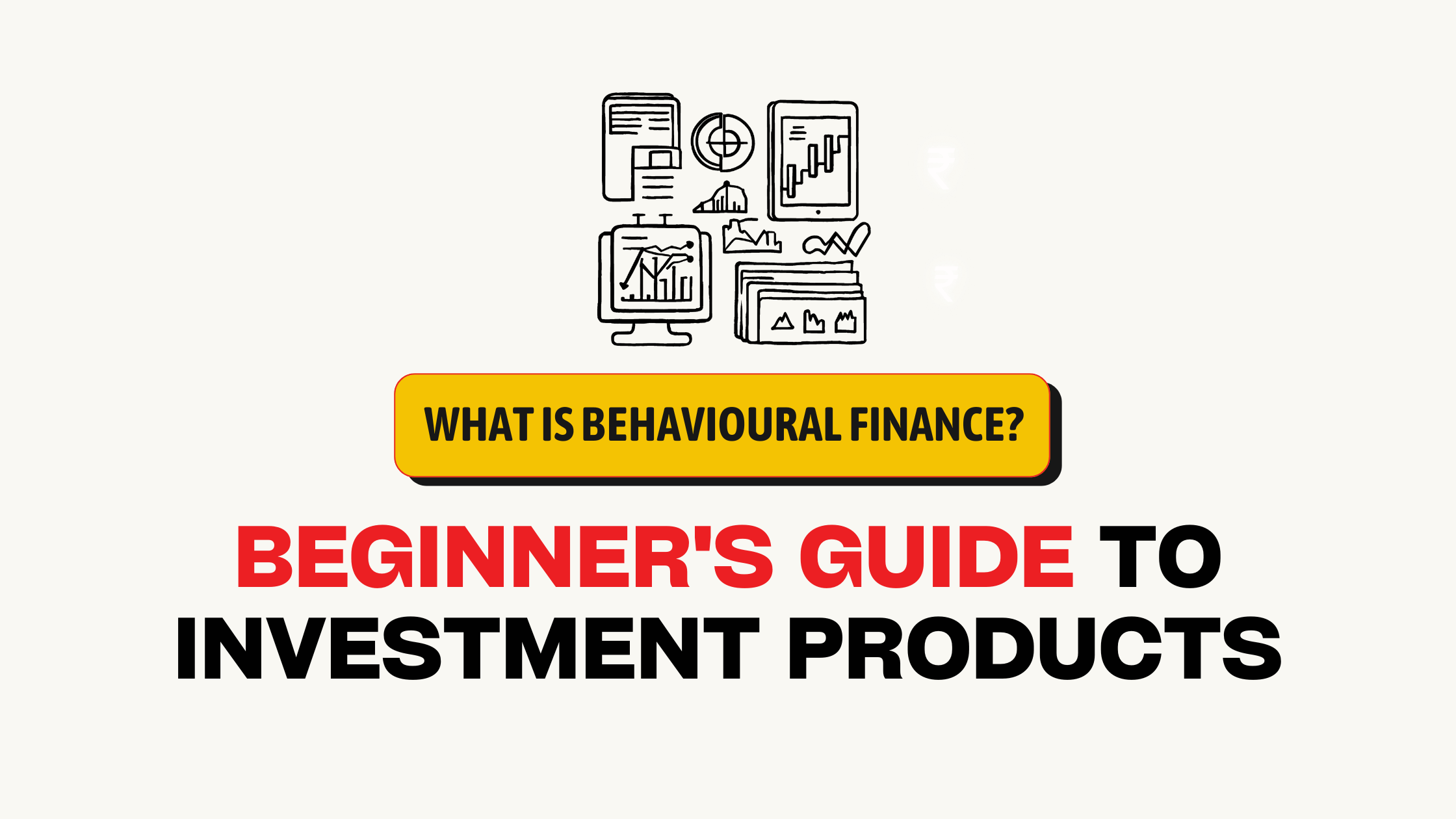Financial markets provide a platform for trading various instruments and products that allow investors, companies, and governments to raise capital, manage risk, and achieve investment goals. These instruments vary in complexity and purpose, but they all play a vital role in facilitating economic growth and financial stability.
This article will explore the key financial market instruments and products, helping you understand how they function and how they can fit into an investment strategy.
What Are Financial Market Instruments?
Financial market instruments are assets that can be traded in financial markets, serving as a medium of exchange or a store of value. These instruments fall into several categories, including debt, equity, derivatives, and hybrids. Each category represents a different form of investment, offering varying levels of risk and return.
Types of Financial Market Instruments
1. Equities (Stocks)
- Description: Equities represent ownership in a company. When you buy shares of a company, you become a part-owner and may benefit from its growth through capital appreciation and dividends.
- Risk and Return: Equities typically offer higher potential returns than other instruments but also come with greater risk, as stock prices can fluctuate based on company performance and market conditions.
- Example: Common stocks traded on exchanges like the National Stock Exchange ( NSE) or New York Stock Exchange (NYSE) or NASDAQ.
2. Bonds (Debt Instruments)
- Description: Bonds are debt securities issued by corporations, municipalities, or governments to raise capital. Bondholders lend money to the issuer in exchange for periodic interest payments and the return of the principal at maturity.
- Risk and Return: Bonds are generally considered safer than stocks, but they offer lower returns. However, some bonds, like corporate or high-yield bonds, come with higher risk.
- Example: U.S. Treasury bonds, corporate bonds, and municipal bonds.
3. Derivatives
- Description: Derivatives are financial contracts whose value is derived from an underlying asset, such as a stock, bond, commodity, or index. Common derivatives include futures, options, and swaps.
- Risk and Return: Derivatives can be used for speculation or hedging purposes, and they often come with high levels of leverage and risk. Investors can experience significant gains or losses depending on the market’s movement.
- Example: Options contracts that allow investors to buy or sell a stock at a specific price before a certain date.
4. Commodities
- Description: Commodities are physical assets like gold, oil, natural gas, and agricultural products that are traded on commodity exchanges. Investors can trade commodities directly or invest through futures contracts.
- Risk and Return: Commodity prices can be highly volatile, influenced by factors such as geopolitical events, supply and demand, and environmental conditions.
- Example: Gold futures, crude oil contracts, and wheat futures.
5. Mutual Funds
- Description: A mutual fund pools money from multiple investors to invest in a diversified portfolio of stocks, bonds, or other assets. Fund managers oversee the portfolio, making decisions to meet the fund’s investment objectives.
- Risk and Return: Mutual funds offer diversification, reducing the risk of holding individual securities. However, they come with management fees and may not always outperform the market.
- Example: Equity mutual funds, bond mutual funds, and index funds.
6. Exchange-Traded Funds (ETFs)
- Description: ETFs are similar to mutual funds in that they hold a portfolio of assets, but they trade like stocks on exchanges. Investors can buy and sell ETF shares throughout the trading day.
- Risk and Return: ETFs offer the same diversification benefits as mutual funds, with lower management fees and higher liquidity. However, like any market-traded asset, ETFs are subject to price volatility.
- Example: Nifty BeES, Liquid BeES ( BeES in ETF stands for Benchmark Exchange Traded Scheme, which is the name of India’s first exchange-traded fund (ETF) and few others in Global MArket are like SPDR S&P 500 ETF (SPY), which tracks the performance of the S&P 500 Index in Global Market.
7. Real Estate Investment Trusts (REITs)
- Description: REITs allow investors to invest in real estate without directly owning property. REITs generate income from renting, leasing, or selling properties and distribute a large portion of profits as dividends to investors.
- Risk and Return: REITs provide exposure to real estate markets with relatively stable dividends but can be impacted by changes in interest rates and property market conditions.
- Example: Publicly traded REITs that invest in commercial properties like shopping malls, office buildings, or apartment complexes.
Hybrid Financial Instruments
Some financial instruments combine characteristics of both debt and equity, offering investors a balance of risk and return.
1. Convertible Bonds
- Description: Convertible bonds are debt instruments that can be converted into a predetermined number of shares of the issuing company. They offer fixed interest payments with the option to participate in the company’s equity upside.
- Risk and Return: These bonds provide the safety of fixed income with the potential for capital appreciation if the company’s stock price rises.
- Example: Convertible bonds issued by tech companies that allow conversion into shares during periods of growth.
2. Preferred Stocks
- Description: Preferred stocks are hybrid securities that offer fixed dividend payments like bonds but also have the potential for capital appreciation. Preferred shareholders have priority over common shareholders in the event of liquidation but do not have voting rights.
- Risk and Return: Preferred stocks offer more stable returns than common stocks but generally provide lower upside potential.
- Example: Preferred shares issued by financial institutions offering steady dividend income.
Importance of Financial Market Instruments
Understanding the variety of financial instruments available is crucial for investors to build diversified portfolios that align with their risk tolerance, time horizon, and investment objectives. Whether you’re seeking growth, income, or safety, there’s a financial instrument designed to meet your needs.
For example:
- Growth-oriented investors might favor stocks or equity funds that provide the potential for higher returns.
- Income-seeking investors might focus on bonds or dividend-paying stocks for stable cash flow.
- Risk-averse investors may prefer government bonds or money market instruments for capital preservation.
By carefully selecting the right combination of instruments, investors can manage risk while pursuing their financial goals.
Conclusion: Building a Balanced Portfolio
Financial market instruments provide a wide range of options for investors, from high-growth equities to low-risk bonds. To build a well-rounded portfolio, it’s important to understand how these instruments work, their risk-return profiles, and how they fit into your investment strategy.
Diversification across different types of financial products can help mitigate risk and maximize returns, enabling you to navigate changing market conditions with confidence. By mastering the characteristics of various financial instruments, you can make informed investment decisions and work toward achieving long-term financial success




